Managing the wind
Air Facts
JULY 15, 2024
Though wind is reported using such simple numbers like 270@15G20, I’ve come to believe that 20 knots here is not always the same as 20 knots there. I did a checkride in 30 knot winds in the flatlands of Kansas, almost straight down the runway. Then came the landing in 20 knots in the Hill Country of Texas, west of Austin.

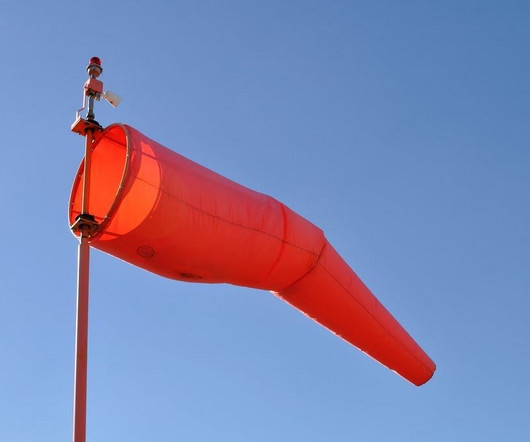


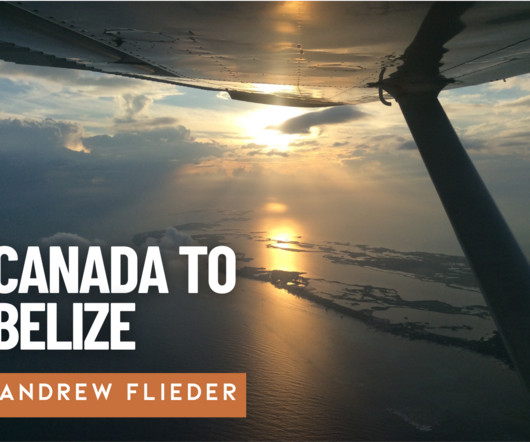

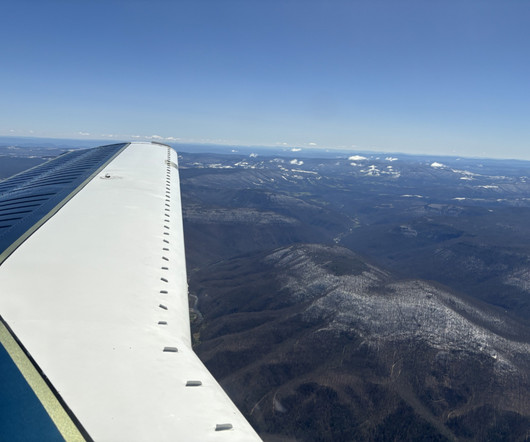

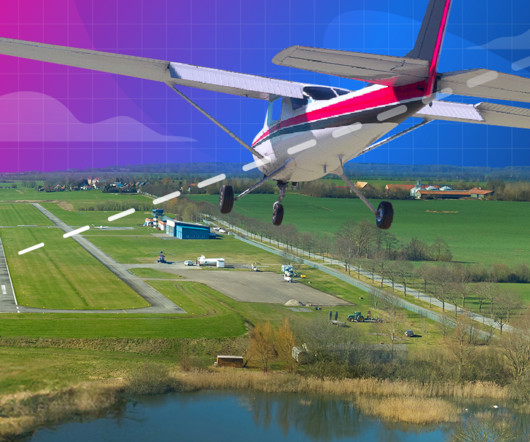


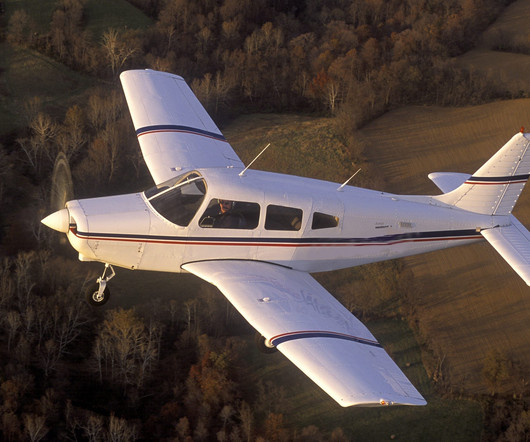
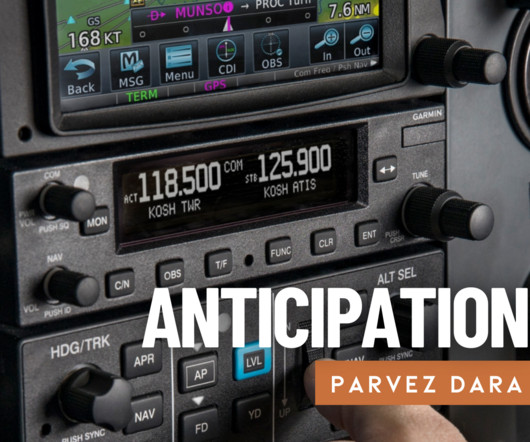
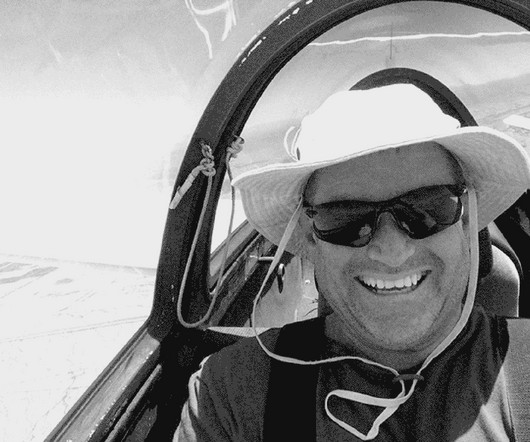






Let's personalize your content